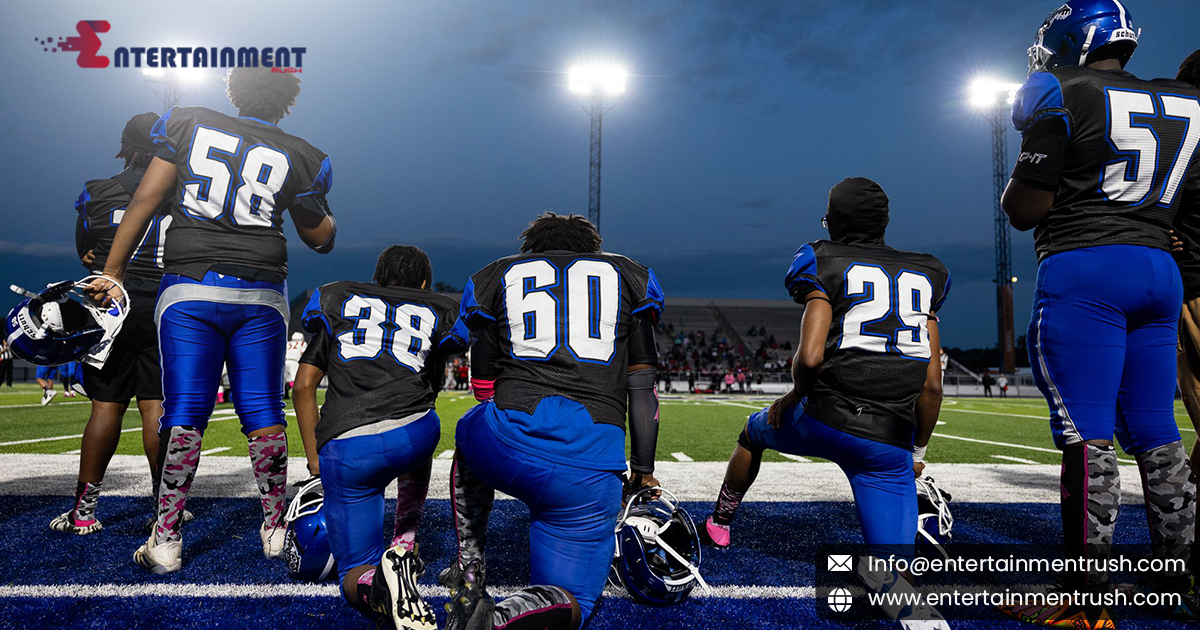Concerns over the future of football have been rife in the community in recent years. Football coaches throughout the nation have expressed fear about what they see as the sport’s downfall, citing things like declining young participation, safety concerns, and changing playing styles. A deeper examination of the statistics, however, paints a more complex picture, indicating that although football is changing, it is by no means in decline.
The Concerns Echoed by Coaches
A lot of coaches are concerned that football is becoming less popular. These worries stem from a number of things:
Youth Participation Rates:
The decline in young football participation has been one of the most obvious indicators of concern. With the increasing knowledge of the dangers of concussions and permanent brain damage, some parents are reluctant to let their kids play tackle football. Declines in youth and high school registration numbers are the result of this change.
Rule Changes and Safety Protocols:
Several measures have been implemented in the sport to enhance player safety, including as more stringent tackle regulations and heightened focus on concussion procedures. Some coaches contend that these modifications modify the fundamental essence of the game, making it less physical and affecting their coaching style, even though they are meant to protect players.
Changing Attitudes Toward Physical Contact:
Concerns about safety and health are also driving a major societal movement away from contact sports. The decreasing percentage of young athletes who choose football over other sports is indicative of this cultural trend.
Data Presents a Different Picture
The statistics presents a contrasting picture of football’s situation in spite of these worries. Although there are undoubtedly difficulties, things are not as bad as some would have us believe generally.
High School Football Participation:
Football is still the most popular high school sport in the country, with a thriving participation rate, according to the National Federation of State High School Associations (NFHS). Despite occasional drops, the sport still draws millions of high school players each year.
Alternative Football Formats:
The popularity of flag football and other non-tackle sports has opened up new opportunities for involvement. There has been a rise in interest in these other forms, especially among younger age groups, and they provide a safer start to the sport. This change is a response to the safety concerns of the modern world, not necessarily a sign of deterioration.
Professional and College Football Popularity:
Football is still a major cultural force, both in professional and collegiate settings. Attendance at college football games is consistently high, and the NFL continues to command high television numbers. The fact that the Super Bowl is still one of the most viewed events in American television history highlights how popular sports are.
Innovations in Safety:
Another indication of the sport’s resiliency is how it has responded to safety issues. Football’s dedication to addressing safety while adapting to the times is demonstrated by new regulations intended to prevent accidents, enhanced training techniques, and advancements in helmet technology. These developments might alter the course of the game, but they also increase its long-term sustainability.
Understanding the Evolution
Instead of a total collapse, the worries about football’s demise are a reflection of a moment of major shift. The sport is figuring out how to stay interesting and relevant as it adjusts to new safety regulations and shifting societal perceptions. This development is a part of the larger history of football, which has always had times of adaptation and change.
The difficulty for coaches is to accept these modifications while holding onto the essential components that make football such a captivating game. The emergence of different forms and safety advances present chances to involve younger audiences and guarantee the sport’s sustained expansion.
Coaches may provide dire warnings about the state of football, but the statistics show otherwise. There have been substantial changes, the sport is not in decline. Professional football is thriving, high school involvement is still high, and the sport is still evolving. The decline story oversimplifies a complicated situation that has possibilities as well as obstacles. Football is still evolving, and with careful modification, it will be able to draw spectators and keep players interested for many years to come.




Leave feedback about this